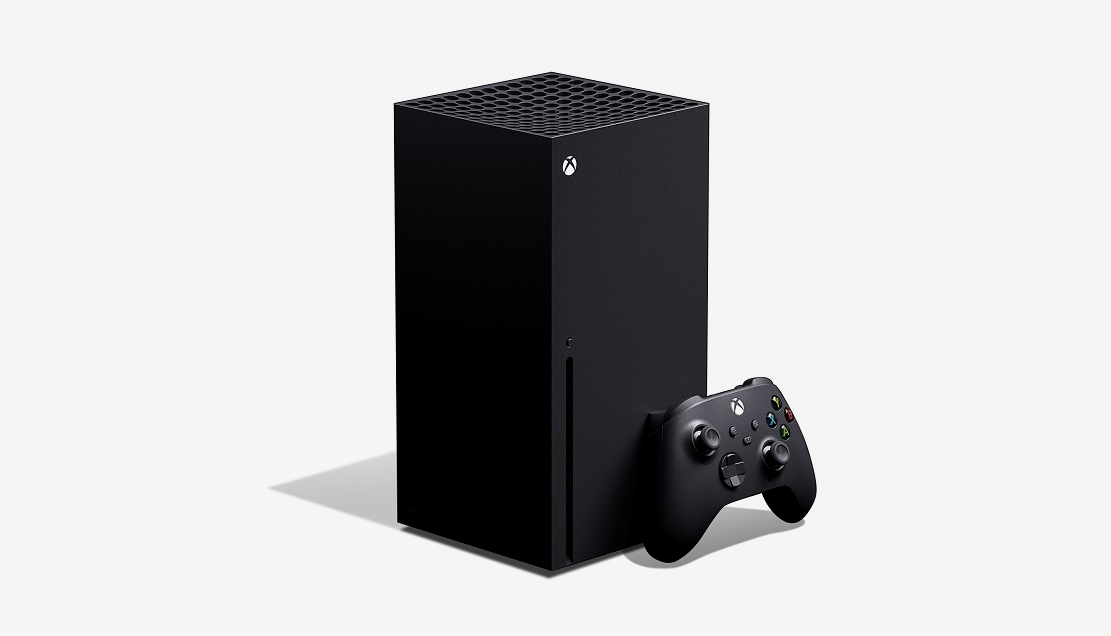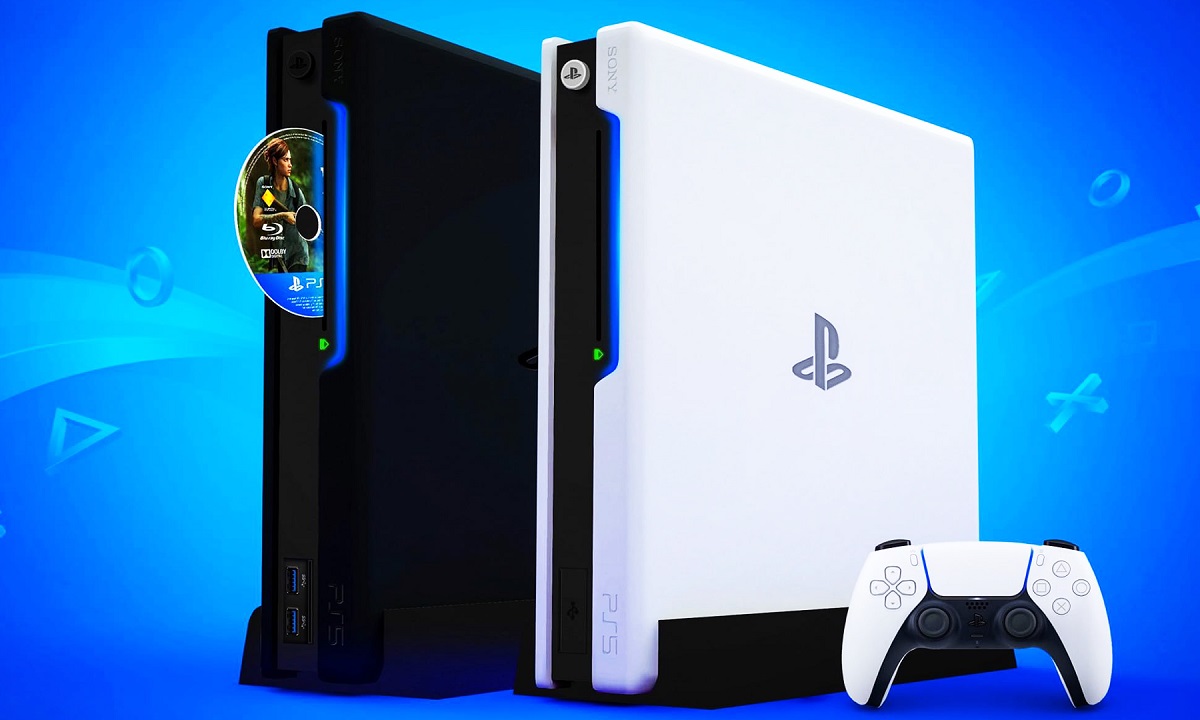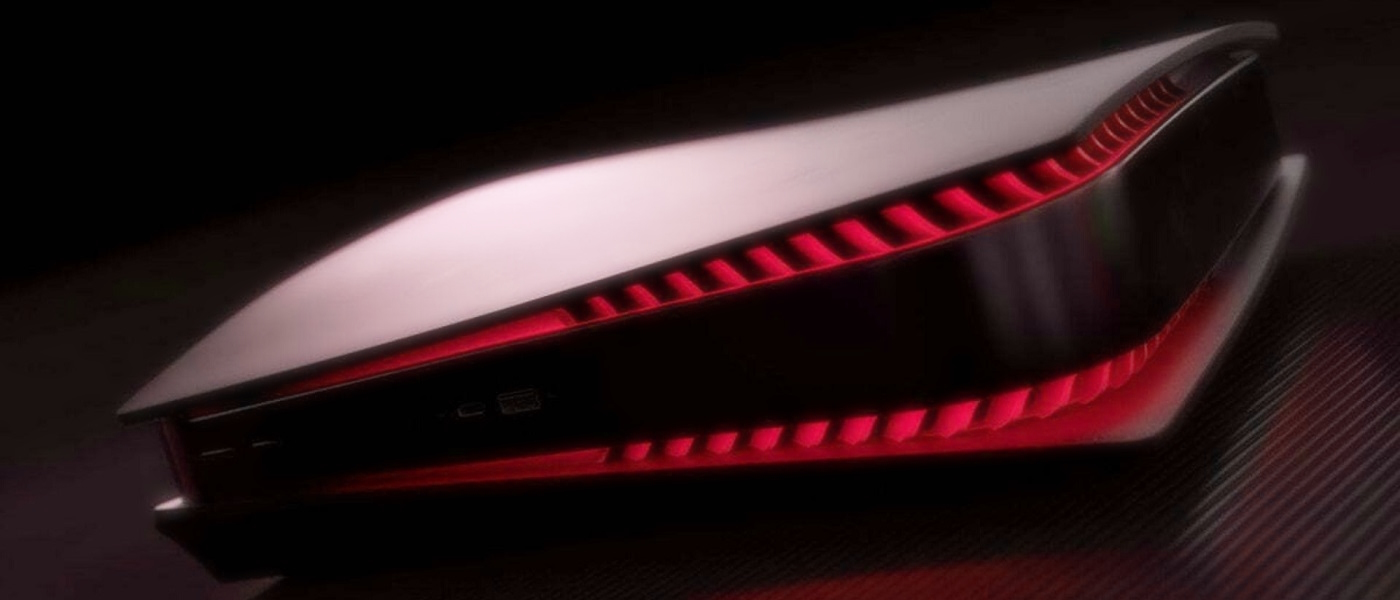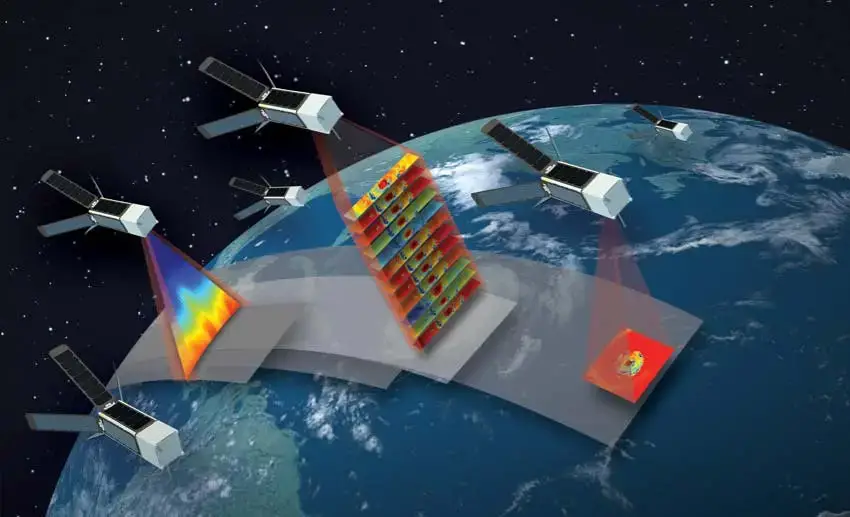Just yesterday there was an important leak that allowed us to discover some of the possible specifications of the PlayStation 5 Pro, the console that will coexist with the PlayStation 5 and that will serve as intergenerational renewal to fill the gap that will exist in the high-performance console market until the arrival of the PlayStation 6, scheduled for 2028.
The leak was relatively modest, but it provided us with a number of key pieces of information we were able to expand using our knowledge and base which AMD has adopted in its latest architectures. So we know that each WGP is divided into two compute units and that each compute unit groups 64 shaders, 4 texturing units and a ray tracing acceleration core.
I know some of you are looking forward to the launch of the PlayStation 5 Pro, but at the same time you have doubts about how it actually positions this console against current models, and about its true potential in games. It is true that it is still too early to draw conclusions, but we already have reliable information with which we can start to get an idea.
That’s why I wanted to share with you this first spec comparison between the PlayStation 5 Pro, PlayStation 5 and Xbox Series X, the three consoles that will co-exist in the current generation market sometime in 2024, as far as we know. have a common groundas all three use AMD APUs consisting of Ryzen CPUs and Radeon GPUs.
Xbox Series X Specs

- Zen 2 processor with 8 cores and 16 threads. It runs at 3.8 GHz in 8 cores and 8 threads mode (SMT disabled) and at 3.6 GHz in 8 cores and 16 threads mode (SMT enabled.
- Semi-custom Radeon RDNA2 GPU with 3,328 shaders at 1,825 MHz with 5 MB L2 cache and 12.15 TFLOPs performance. It has 208 texturing units, 64 raster units and 52 cores to accelerate ray tracing.
- Variable speed shader and ray tracing support.
- 16GB of 14GHz unified GDDR6 memory, 10GB of which is 320-bit bandwidth, giving 560GB/s bandwidth, and the other 6GB running on a 192-bit bus, giving 336GB/s bandwidth.
- 1TB NVME SSD with a speed of 2.4 GB/s.
- 4K Blu-ray disc player.
- 3D sound chip.
Possible PlayStation 5 Pro specs

- Zen 2 or Zen 3 CPU with eight cores and sixteen threads at a maximum of 4 GHz (estimated).
- Semi-custom RDNA2 or RDNA3 GPU with 3,840 shaders at 2 GHz (dynamic frequency) with 5 MB L2 cache and 15.36 TFLOPs performance. If the RDNA3 architecture is used, the shaders will have double emission, so the total raw performance would be 30.72 TFLOPs.
- It should have 240 texture units, 96 raster units and 60 cores to accelerate ray tracing.
- Hardware accelerated ray tracing support. If the jump to RDNA3 is confirmed, this GPU should support future AMD FSR3 technology.
- 16 GB of GDDR6 at 18 GHz on a 256-bit bus, which gives us a bandwidth of 576 GB/s. It is rumored that it could increase the total amount of memory to 20 GB of GDDR6.
- 1TB SSD with a speed of 5.5 GB/s. I could fit a faster drive, but it’s not confirmed.
- 4K Blu-ray disc player.
- 3D positional sound.
PlayStation 5 specs

- CPU Zen 2 with eight cores and sixteen threads at a maximum frequency of 3.5 GHz (dynamic frequency).
- Semi-custom RDNA2 GPU with 2,304 shaders at a maximum frequency of 2.23 GHz (dynamic frequency) with 4 MB L2 cache and a performance of up to 10.29 TFLOPs. It has 144 texture units, 64 raster units and 36 cores to accelerate ray tracing.
- Hardware accelerated ray tracing support. The GPU lacks some key features of RDNA2, making it more of an “RDNA 1.5”.
- 16 GB of GDDR6 at 14 GHz on a 256-bit bus, which gives us a bandwidth of 448 GB/s.
- SSD 825 GB with a speed of 5.5 GB/s.
- 4K Blu-ray disc player.
- 3D positional sound.
How would you rank the PlayStation 5 Pro against other consoles?
The truth is that everything will depend on two things, the architecture that Sony uses both at the CPU and GPU level, and the possible increase in the total amount of unified memory. If the Japanese company decides to keep Zen 2 on the CPU and not make the jump to RDNA3 on the GPU, we’ll have a console that generally offers approx. 50% more raw power compared to PlayStation 5 and 25% more than Xbox Series X.
It is very interesting to see how similar could the PlayStation 5 Pro Xbox Series X be in this case, because the first one would have 3,840 shaders and the second one would have 3,328 shaders. The difference is only in 512 shaderswhile there is distance between Xbox Series X and PlayStation 5 1024 shadersso double.
Most important of all, despite the advantage the Xbox Series X has over the PlayStation 5 thanks to those 1,024 extra shaders, In games, we did not see clear differences in favor of the first ones that meet their specificationsin fact, the opposite happened, as it was more common to find some parity or better performance on a Sony console.

Courtesy of ElAnalistaDeBits.
There is an explanation for this and it is that since the launch of the PlayStation 2 it has been adopted this trend toward parity to favor the most popular and best-selling console, something that hurt the less popular and more powerful consoles that couldn’t show their true colors. As a result, there are still people who believe that the PlayStation 2 was the same or more powerful than the Xbox, when in reality it and the Game Cube gave it a shot, which was clearly expressed thanks to the exclusives of both consoles.
perhaps in this sense hurt Microsoft by splitting the unified memory into two blocks, one with more bandwidth and one with less bandwidth, but I find it hard to believe that the impact of this split was so great that it left the console at or slightly worse than the console with 1,024 shaders less. I feel that the big culprits are developers and that idea of parity.
If Sony decides to use the Zen 3 architecture at the CPU level and RDNA3 at the GPU level, the difference in raw performance would be huge higher thanks to shaders with two emissions, and there would be a significant jump in the CPI. The PlayStation 5 Pro would triple the performance in FP32 over the PlayStation 5 and multiply the performance of the Xbox Series X in FP32 by 2.5 times. However, we have to keep in mind that the impact on games would be minimal and that in real world scenarios the difference in performance would be much less.

To understand this, just look at the performance it offers Radeon RX 7900 XT compared to Radeon RX 6950 XT. The former has power in FP32 51.48 TFLOPss, uses a more advanced architecture and has more texture units, more raster units, more shaders, and a higher clock rate. however in games it has an average performance of only 13% higher than Radeon RX 6950 XT, whose performance in FP32 is 23.65 TFLOPs.
What you should understand from all of this is thisAt the end of the day, TFLOPs are just a number and don’t define a console’s true gaming power. We also have to add the second scenario we mentioned, the possibility that Sony increases the amount of unified memory available and that it goes from 16GB to 20GB, or even 24GB.
Graphics memory, cache and screen resolution: PlayStation 5 Pro and its limitations
Increasing the graphics memory would allow the PlayStation 5 Pro to move games higher graphics settings and higher resolution, though the limit would ultimately be set by the GPU and its raw power. It’s pointless to have 24 GB of graphics memory and render a game in 4K, if the graphics core is not designed to work optimally with that configuration, that is, if it does not have enough power for it.
In this sense, something very important must be taken into account, and that is that when we raise the resolution increases the graphics load and the number of pixels to be “rendered”, and that this results in a higher consumption of graphics memory and a higher dependence on system bandwidth. To improve performance in these cases AMD used L3 cache block on Radeon RX 6800 and above it did 128MB.

This amount of L3 cache was the optimal level for the GPU to have direct access to the large amount of data and items it needed, and reduce dependence on the memory bus and access to graphics memory. For the Radeon RX 7000, he repeated the strategy, although in this case he reduced the cache to 96 MB and increased the bandwidth by using 20 GHz of GDDR6 memory. Yes, cache has become essential in graphics cards.
The PlayStation 5 GPU does not have an L3 cache, it just has 4MB of L2 cache, a very small amount that overwhelms even at 1440p resolution, so we’re not even talking about what’s happening in 4K. With such a limited cache, the GPU has a very low hit rate when looking for data in it, and for this reason it almost always has to resort to graphics memory.
So, the exact same thing will happen with the PlayStation 5 Pro, because it is not possible to include a large L3 cache in the APU. Simply there is no place in silicon To make this possible, and continue to integrate it using 3D stacking, would make the chip design extremely expensive and complicated.
What we can expect from the PlayStation 5 Pro
Even in the worst case, we find a console that is much more powerful than the original, which is not open to debate, but it makes no sense to say that it will be able to move games in 8K as I have already started to read in other media or that it will be able to offer high quality ray tracing without problems. None of this will come true because its specs and APU limitations simply make it impossible.
The PlayStation 5 Pro will be a console capable of moving games in 1440p resolution with a very good level of quality and a very high frame rate per second. it will be better prepared to move games in 4K resolution while maintaining a good level of fluiditybut it won’t be much if you move around at that resolution and the ray tracing will still choke you so much that you’ll have to keep resorting to rescaling and dynamic resolution.

Dying Light 2 on PC with maximum quality and maximum ray tracing.
Note for example that Dying Light 2 uses ray tracing limited to shadows on consoles and that on PS5 it works at 1080p and 30 FPS when such technology is activated, and the same is happening on the Xbox Series X though this one has more shaders and more cores to speed up ray tracing. The PlayStation 5 Pro will be an intergenerational renovation and this one will not do any magic, so control your expectations and be aware of all the limitations I explained to you, as well as those we saw at the time in this article when we talked about cooling and production costs.
Continuing with the same example I gave you earlier, I remind you that Dying Light 2 works on 3200 x 1800 pixels and 30 FPS on PlayStation 5 without ray tracing anymore 3456 x 1944 pixels and 30 FPS on the Xbox Series X. Neither of them reach native 4K or 60 FPS at those resolutions. The improvement in performance level that the PlayStation 5 Pro would offer may be enough to move this title Native 4K and 60 FPS but no ray tracing.
Before I finish, I want to note that the closeness of the shaders between the Xbox Series X and the PlayStation 5 Pro was very surprising to me and reminded me that Digital Foundry said at the time that Said console was designed by Microsoft with “extra” power to avoid intergenerational refresh. It seems they weren’t bluffing, but I can’t help but wonder what Microsoft will do when Sony launches the PlayStation 5 Pro. They would usually respond by restoring the Xbox Series X, but this is not guaranteed.




















